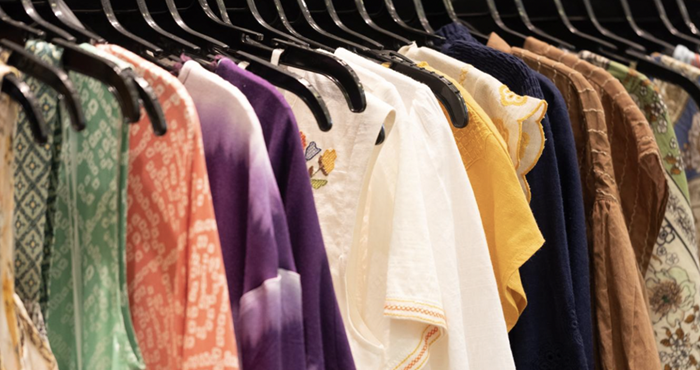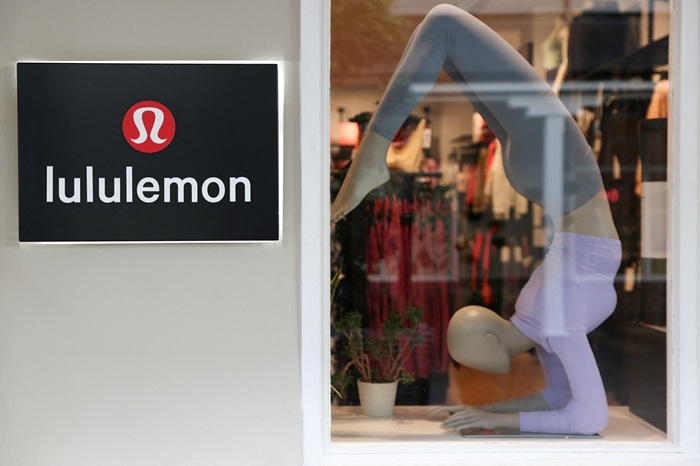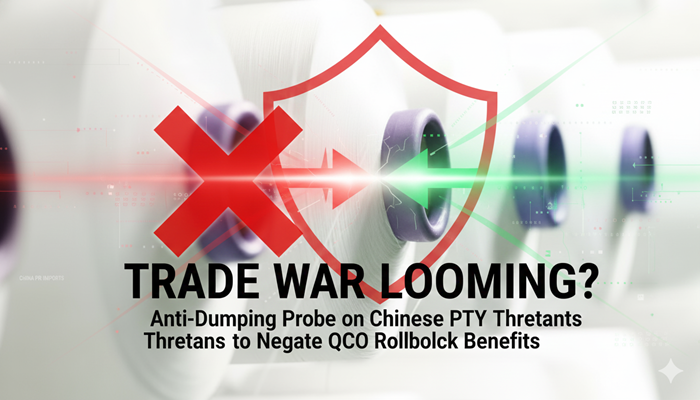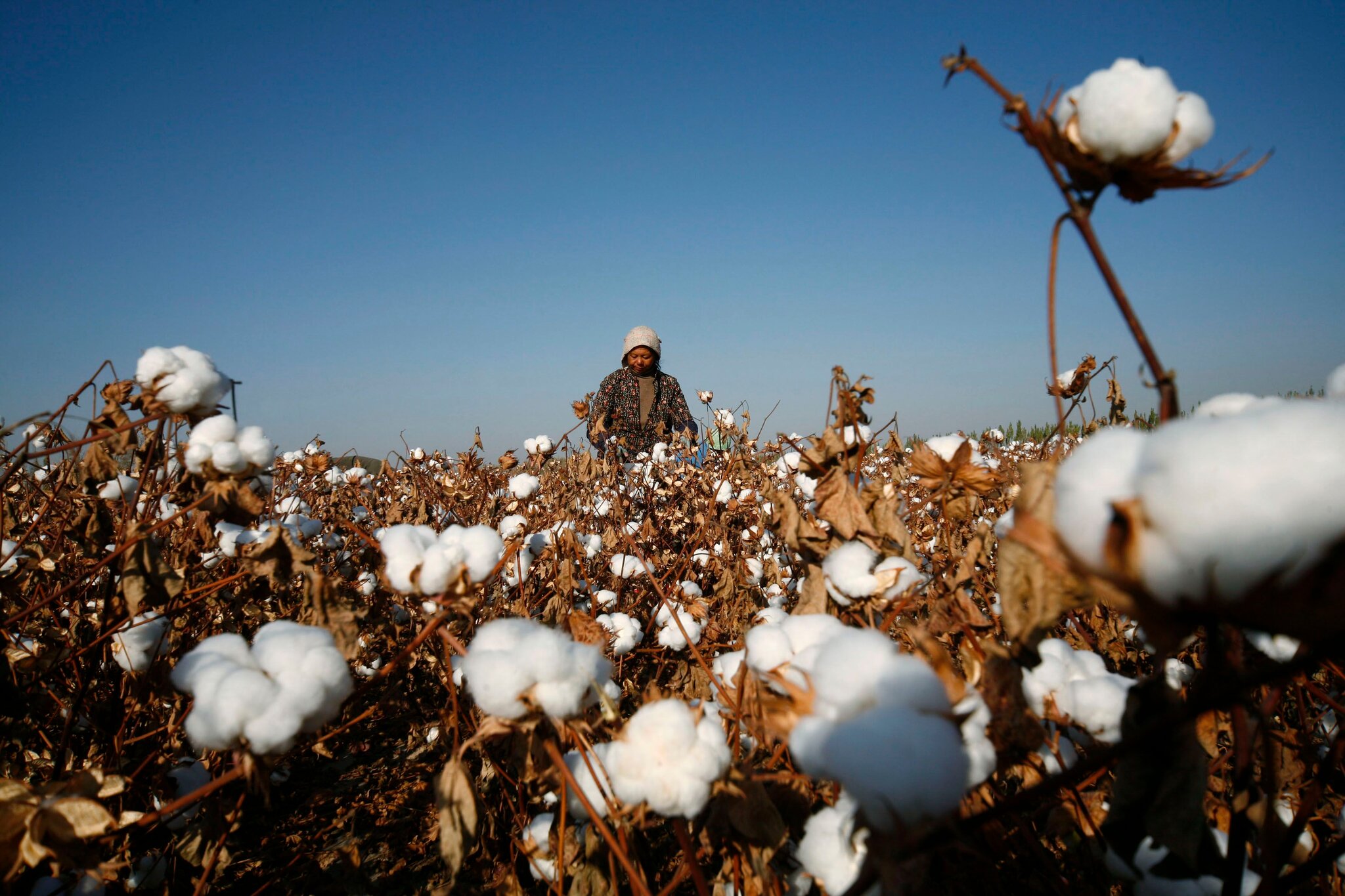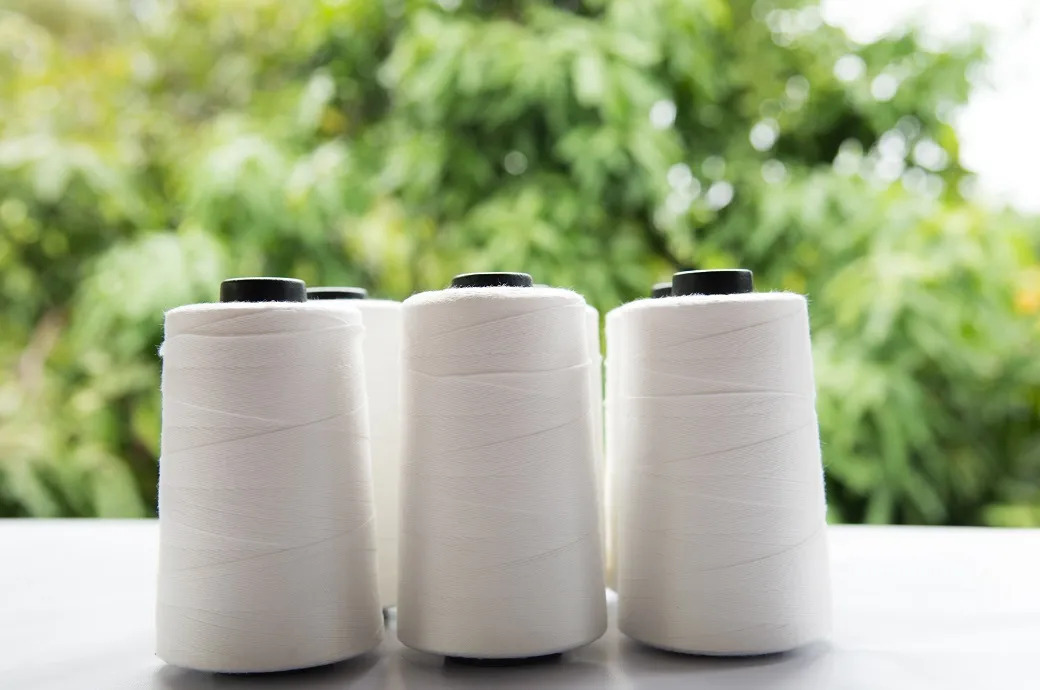As per a new report by Consumer Edge, US apparel market is likely to witness significant shifts in 2025 as consumers have decreased their overall spending on clothing, accessories, and shoes by 2 per cent. However, certain brands and categories are registering a strong growth, the report says.
Fast fashion and resale are on the rise as budget-conscious shoppers continue to curtail discretionary expenses. Shein and Uniqlo are emerging as bestsellers as against their competitors H&M and Zara. The popularity of secondhand platforms Depop and Grailed is on the rise though Poshmark is experiencing a decline in profits due to recent fee adjustments and technological limitations.
In contrast, the luxury sector is facing challenges. Spending on single-brand luxury items, like Chanel and Gucci, and multi-brand platforms such as Ssense and Net-a-Porter, has declined significantly. Sales of footwear and athletic apparel have also declined by around 6 per cent due to contraction in consumer spending.
Despite this general downturn, some brands are experiencing notable growth. Womenswear brands Lagence, Modlily, and Halara, along with Quince, are among the top performers. Grailed and Depop are also on the rise, as are jewelry brands like Rare Carat and David Yurman.
All income groups have reduced their apparel spending, with high-income earners reducing theirs the least, as per the report by Consumer Edge. Notably, high-income shoppers are increasing their spending at Hollister, potentially for teen purchases, and also at Depop, Goodwill, and Quince. Louis Vuitton and Cartier have also gained a larger share of this demographic.
Younger shoppers, aged18-24 years, are favoring digital-first brands, with Shein surpassing H&M and Zara. Demand for brands like Skims and Depop is also on the rise from customers in this age group. Gen Z and Millennials, aged 25-34 years are also being attracted by Shein and Uniqlo,
On the other hand, brands like Shein, MyThereasa and Uniqlo are registering a rise in demand from senior citizens aged 65 years and above. However, Ssense is losing market share to competitors like Farfetch.
As per the report, there is a growing trend towards value-driven shopping, with consumers prioritizing affordability and convenience. Fast fashion and resale are benefiting from this shift, while luxury brands need to adapt to remain competitive.


